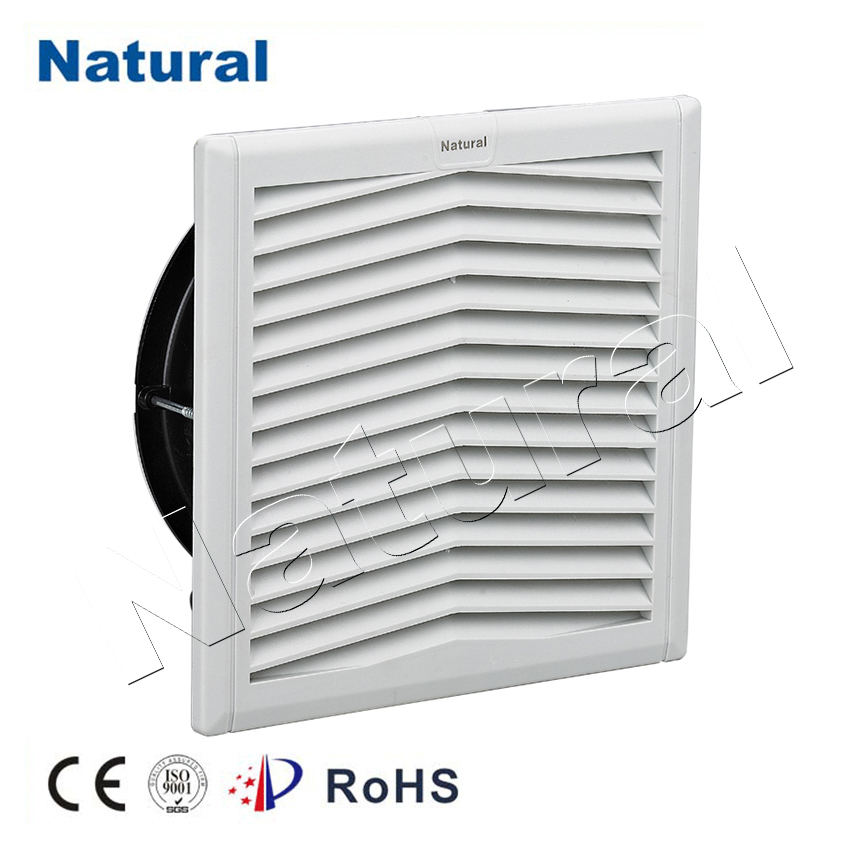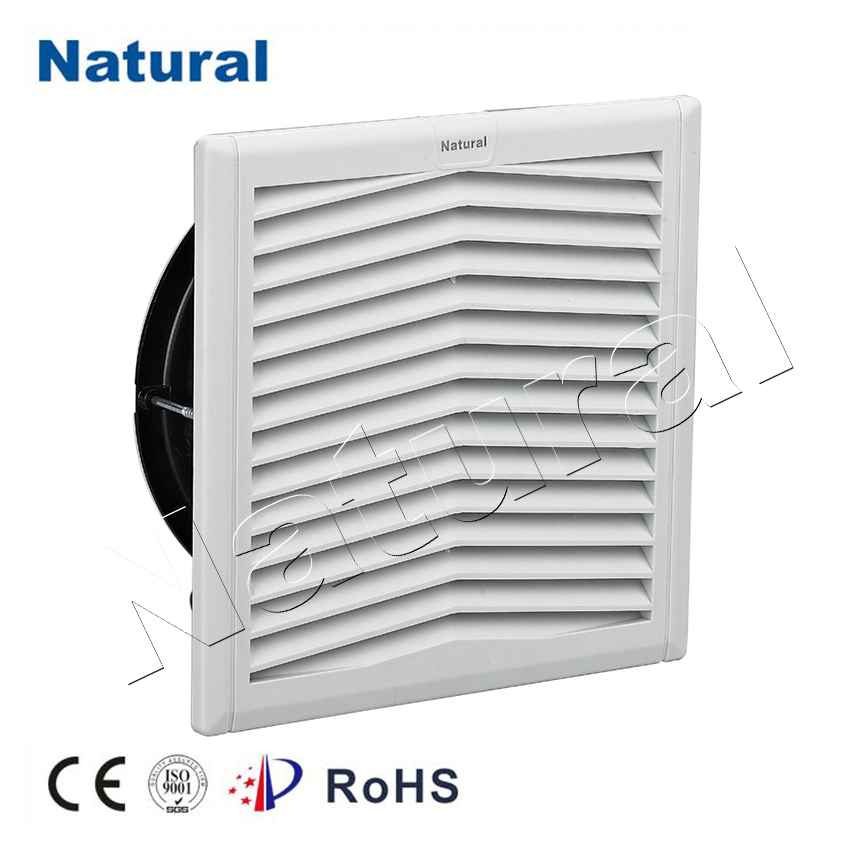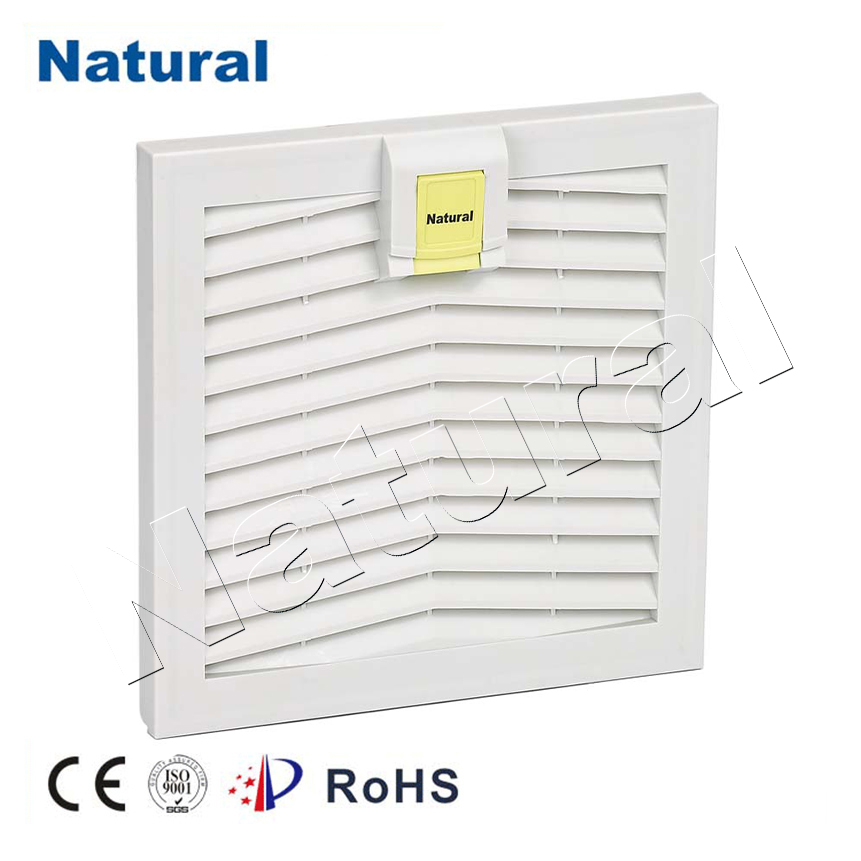In our increasingly polluted world, the importance of clean air cannot be overstated. With the rise of industrialization, urbanization, and environmental degradation, maintaining air quality has become a critical concern. One effective solution that has emerged to combat airborne pollutants is the fan filter air system. This technology combines the functionality of fans and filters to enhance indoor air quality across various settings, including residential, commercial, and industrial environments. This article will explore the workings, benefits, and applications of fan filter air systems, highlighting their significance in ensuring cleaner air for healthier living.

Understanding Fan Filter Air Systems

Fan filter air systems are designed to circulate and purify air within a given space. They typically consist of a fan that pulls air into the system, which then passes through a series of filters that remove dust, allergens, pollutants, and other airborne contaminants. The filtered air is then expelled back into the environment, creating a continuous loop of clean air circulation. The effectiveness of these systems largely depends on the type of filters used. Common filter types include HEPA (High-Efficiency Particulate Air) filters, activated carbon filters, and electrostatic filters. HEPA filters are particularly renowned for their ability to capture at least 99.97% of particles that are 0.3 microns or larger, making them ideal for removing dust, pollen, mold spores, and pet dander. Activated carbon filters, on the other hand, excel at trapping odors and volatile organic compounds (VOCs), further enhancing air quality.

Leave a Reply